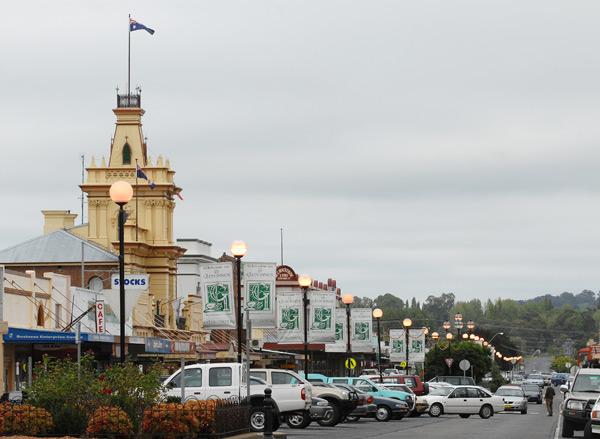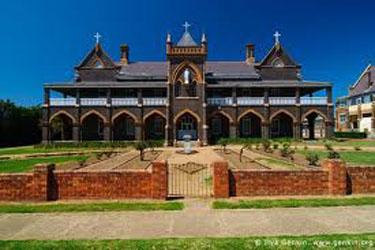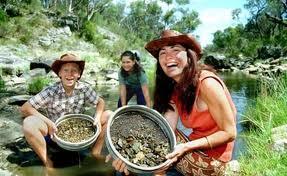Glen INNIS was a mineral prospecting town in its earl days, gold and tin were found in its area, nowadays its sheep and cattle country.
In about 1838 Archibald Boyd registered the first run in the Glen Innes district. Two stockmen known as “the Beardies” because of their long beards took Boyd to this area to establish his run. ‘The Beardies’ later introduced other squatters to the best runs in the area to become known as the Land of the Beardies or Beardie Plains.
Furracabad Station was suggested by John James Galloway as an alternative to Wellingrove for a new town. However Furracabad Station was sold in the 1840s depression and passed to Major Archibald Clunes Innes, then to the Bank of Australasia, then to John Major, who sold it to Archibald Mosman. The name Glen Innes is believed to be bestowed by Mosman in honour of AC Innes. Glen Innes was gazetted as a town in 1852 and the first lots were sold in 1854] The post office was established in 1854 and the court in 1858 when they replaced the Wellingrove offices. In 1866 the population was about 350, with a telegraph station, lands office, police barracks, courthouse, post office and two hotels.[3] There was still no coach service at this time, but in the 1870s a road was constructed to Grafton.
Tin was first discovered at Emmaville in 1872 and Glen Innes became the centre of a mining bonanza during the late 19th century. In 1875 the population had swelled to about 1,500 and the town had a two teacher school, three churches, five hotels, two weekly newspapers, seven stores and a variety of societies and associations.[3] On 19 August 1884 the new Main North railway from Sydney opened.[4] The arrival of the rail service and the expansion of mining contributed a new prosperity in the town, which is reflected in some of the beautiful buildings there.
The centre of the town retains some of its federation buildings and the owners have painted these buildings in the traditional colours. Many of these buildings have been placed on the Register of the National Estate.

Standing stones

CATHOLIC SCHOOL

FOSSIKERS



